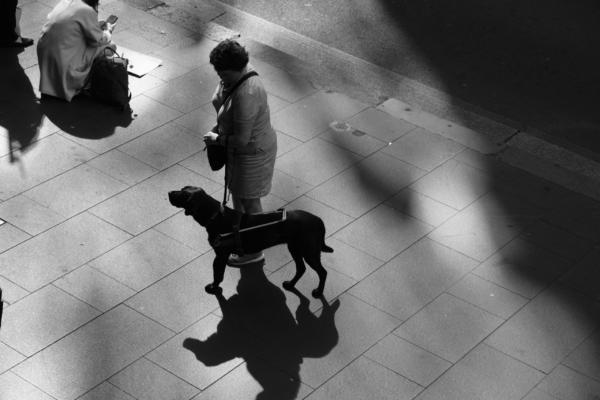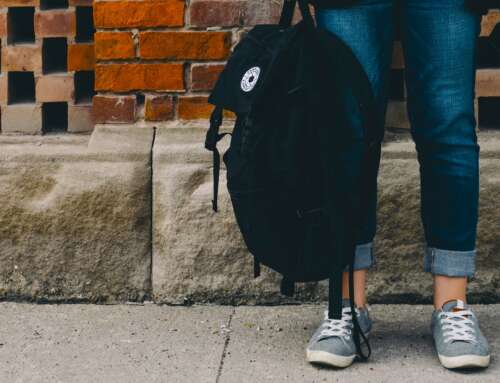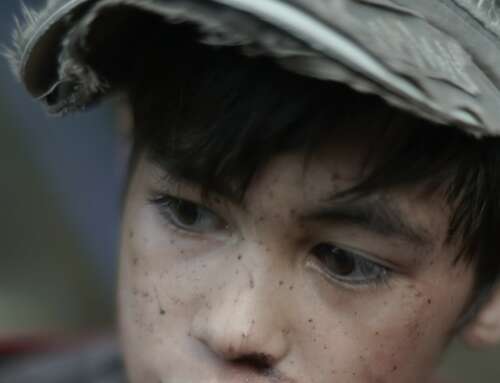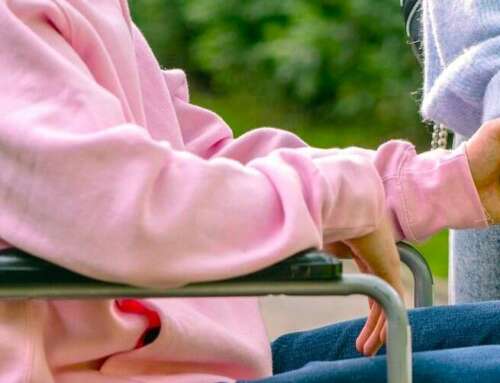Commonly, people with disability are thought of as inherently vulnerable. They aren’t. People with disability are strong, resourceful and resilient.
However, they are often made more vulnerable by social and environmental factors.
People with disability are strong, resourceful and resilient.
This isn’t inherent vulnerability, this is vulnerability created by deeply imbedded discrimination and prejudice that leads to social exclusion.
For example, people with disability weren’t taken into consideration when many buildings were originally created. As a result, people with disability are sometimes disadvantaged because they cannot move freely and use some spaces in the way that people without disability can.
Where there are no ramps and only steps, people with disability who use wheelchairs are disadvantaged. Where there are no accessible instructions or maps of building layouts, people with some forms of cognitive disability may be disadvantaged.
This can cause multiple forms and layers of vulnerability because a person may become dependent on others to assist them in these inaccessible spaces.
It can lead to greater vulnerability to systemic problems that everyone experiences, like bureaucratic barriers. But people with disability face additional barriers before they even arrive at these problems.
There are many more examples, but if these social and environmental barriers didn’t exist, people with disability would be no more vulnerable than people without disability.
But we can break down these barriers through law reform, policy adaptation, and by making significant efforts towards creating a fully accessible society for all.
We have to do our best to break down social and environmental barriers.
In a crisis like the COVID-19 pandemic, it’s our responsibility to ensure that all members of the public are equally protected.
For people with disability, this means taking into consideration their diverse and varying needs and ensuring that any measures taken in response to the pandemic don’t make people with disability more vulnerable to the virus, or to mental health issues, domestic violence, unemployment and other potentially harmful situations.
But there are also many people with disability who are fit and healthy and who have no greater physical vulnerability to COVID-19 than anyone else.
This is important to understand as sometimes people with disability are assumed to be unhealthy and in need of extra protection for health-related problems. This can sometimes overshadow other, often more important, issues that people with disability need assistance with.
These can include a safe home environment free from abuse, accessible opportunities for physical exercise, and easy access to information about the government’s response to the pandemic – not just information related to the virus itself.
People with disability need access to health care and protection from the virus like anyone else, but they also have many other needs that shouldn’t be overshadowed by the pandemic.
This all sounds ridiculous to me. What the hell is cultural safety? No one’s ever heard of it.
It’s our responsibility to ensure that all members of the public are equally protected.
COVID-19 has created an unprecedented social landscape – one that we are still figuring out how to navigate. It’s important to remember that our society is full of people with diverse abilities, disabilities and needs.
We can’t ignore the many varying needs of people with disability and only focus on their health needs because overlooking other needs can create vulnerability.
We have to do our best to break down social and environmental barriers to ensure that people with disability don’t experience greater vulnerability to health-related harm as well as social, financial, physical and other forms of harm.
For example, we must ensure that people with disability are able to socially isolate when they need to and that there are options for contactless support, or for support workers who can provide guarantees of minimal community exposure.
All information related to COVID-19 and the government’s response to it must be in accessible formats and must be made available to, and reach, people with disability.
We must ensure that people with disability have access to groceries, essential services, transportation, employment and education.
People with disability also need accessible and available methods to report domestic violence and other forms of abuse, and they need options of alternative shelter and care when a situation arises.
Most of all, we must listen to the voices of people with disability and the organisations that represent them when they highlight any social and environmental barriers that create vulnerability during this unusual and difficult time.
This article was first published on Pursuit. Read the original article.
Feature image: Unsplash








Leave A Comment